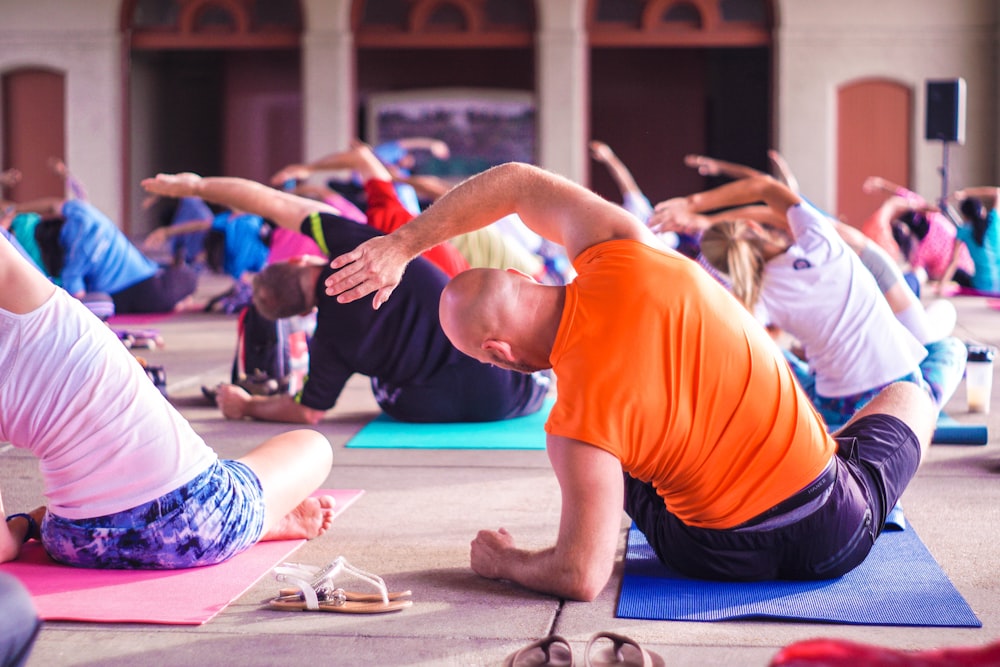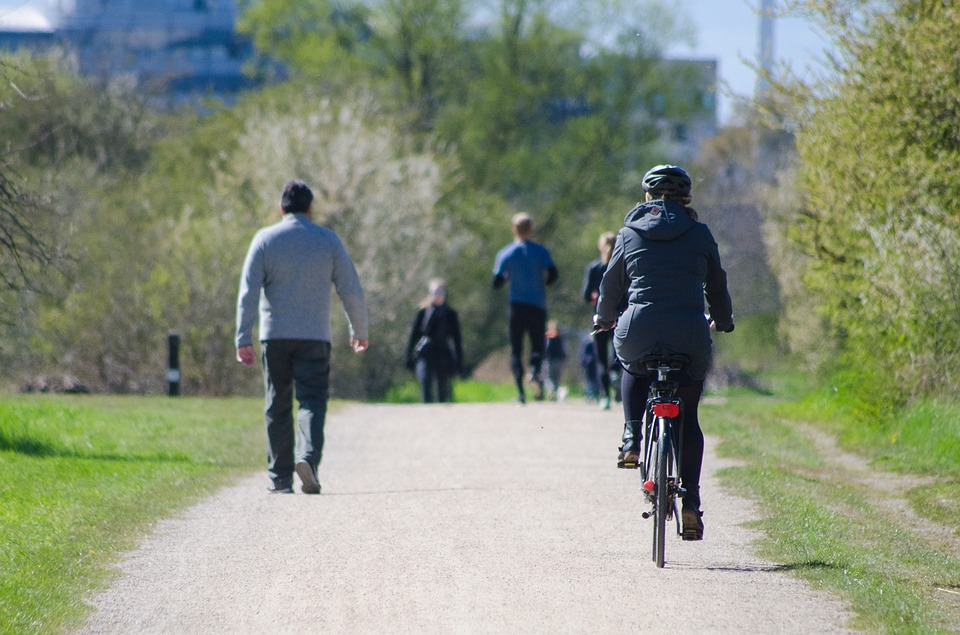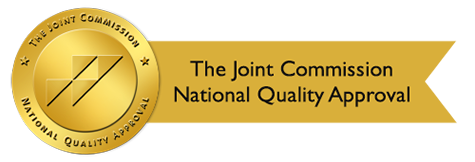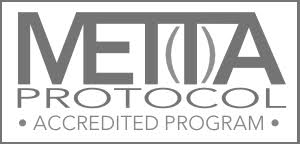Active recovery and passive recovery each serve their unique purposes when it comes to managing chronic pain. Knowing what each treatment plan entails can help you decide which is best for your situation.
Chronic pain is defined as a type of discomfort in your body that could last for several months. Some types of chronic pain include lower back pain, neuropathic pain, psychogenic pain, and arthritis.
Dealing with this could be troublesome. It could get in the way of your daily tasks, whether it be taking care of yourself, working, or just enjoying your social life.
A study conducted by the Centers for Disease Control and Prevention (CDC) found that an estimated 50 million U.S. adults experienced chronic pain. To address this concern, physicians recommend their patients to undergo active and passive recovery approaches.
In this article, we will weigh the difference between active vs passive recovery and the various types of activities that can enhance your healing.
What is Active Recovery?
Active recovery involves nn-strenuous physical activities to keep your bodily fluids flowing. Doing exercises with reduced intensity can maintain your agility while giving your body a chance to repair itself.
Another benefit of this approach is it improves your techniques. This enhances your skill levels and prevents you from exercising with an improper form for an extended period.
Some people ask about the differences between active recovery vs rest day. The former includes easy to moderate-intensity exercise to help your muscles recover. It requires you to do low-impact activities to complement the demands of your high-intensity workouts.
Meanwhile, a rest day doesn’t require you to exercise at all. It’s a time for you to relax, sleep in, and do light errands.
Recommended Activities For Active Recovery Day
During this time, you shouldn’t be working at maximum effort. Instead, you should go slow and avoid pushing yourself to the point of exhaustion. You can try the following active recovery exercises:
Swimming
Swimming is a low-impact exercise good for treating back pain and torn ligaments. It works your arms, quads, and calves, and engages your core. Injuries can make your muscles stiff, so slowly swimming laps and alternating strokes can help loosen them.
Tai Chi or Yoga

Doing tai chi or yoga can be part of your active recovery workout at home. With its slow, flowing movements, it can calm your body and enable it to recover from daily stress. It also increases one’s flexibility and speeds up muscle repair.
Walking
Walking has a direct and positive impact in your well-being. Walking or jogging at a moderate pace is enough to alleviate muscle stiffness and soreness. It can also improve blood flow and help with recovery.
Cycling
If you are not into running or walking, cycling will work too. It’s a low-impact cardiovascular exercise that doesn’t push your joints. You may either go outdoors for a bike ride or stay indoors using a stationary bike.
Myofascial Release Using a Foam Roller
You can also benefit from using self-myofascial release. You may roll a foam roller, massage stick, or lacrosse ball over your body. This increases your range of motion and relieves tightness and inflammation.
What is Passive Recovery?
Passive recovery techniques aim to minimize aches and stiffness due to chronic pain. It requires you to avoid any physical activity that you usually do. By resting completely, you lessen physical strain and help you recover your joints more comfortably.
Recommended Activities for Passive Recovery Day
Here are some activities that you can do on a passive recovery day to relax and heal your body:
Cryotherapy
Going into cryotherapy allows you to reap several benefits in just a few minutes. The cool temperature can aid in reducing inflammation. It stimulates the release of endorphins to resist the feeling of pain, naturally healing your body.
This passive approach is perfect for patients who have suffered an injury due to excessive workouts or accidents. The chamber technology can also boost energy levels and help you lose weight.
Saunas
Infrared saunas are a little different from regular saunas. Instead of using heat and water vapor, it uses wall panels that emit infrared light to relax your body. These heating sensations permeate your body to relieve muscle tension and joint pain. It also helps you detoxify, improve circulation, and lose weight.
Sleep
Muscles and tissues rebuild when we sleep, so it will be more difficult for your body to recover from an injury if you don’t get enough rest. By getting ample sleeping time, you can restore energy and muscles.
When you doze off, your body goes into restoration, repairing your cells in the process. You can include at least 7 hours of sleep per day in your schedule to recover naturally.
Active Recovery VS Passive Recovery
People may wonder which recovery method is better: active or passive? Let us examine both of them here.
The active approach can improve one’s physical abilities, such as strength and motor control. Since it involves effort and hard work, it boosts self-efficacy and competence. Individuals who continue to be active also tend to be less reliant on pills like opioids for pain relief.
Passive treatments, such as resting and taking medications, help treat acute, injury-related pain. However, you should note that a predominant passive approach may delay recovery and cause poor long-term outcomes due to the lack of body movement.
At the end of the day, you don’t have to choose between the two approaches. Using them both can be equally effective. While passive treatment can provide quick pain relief, active recovery ensures that the patient remains functional in the long run.
To know the right combination of approaches to use, you only have to consider the type of pain you struggle with, its location, intensity, and duration



